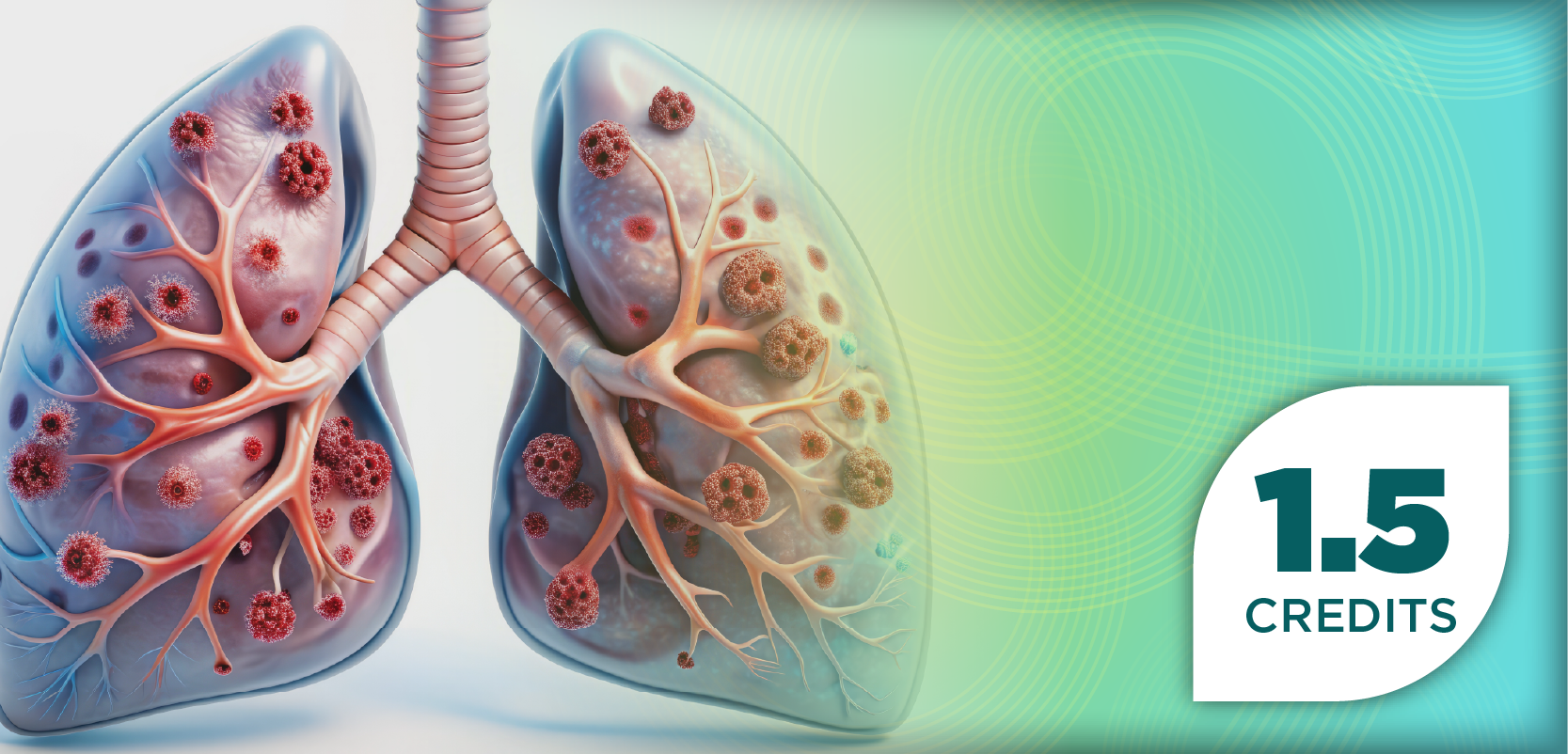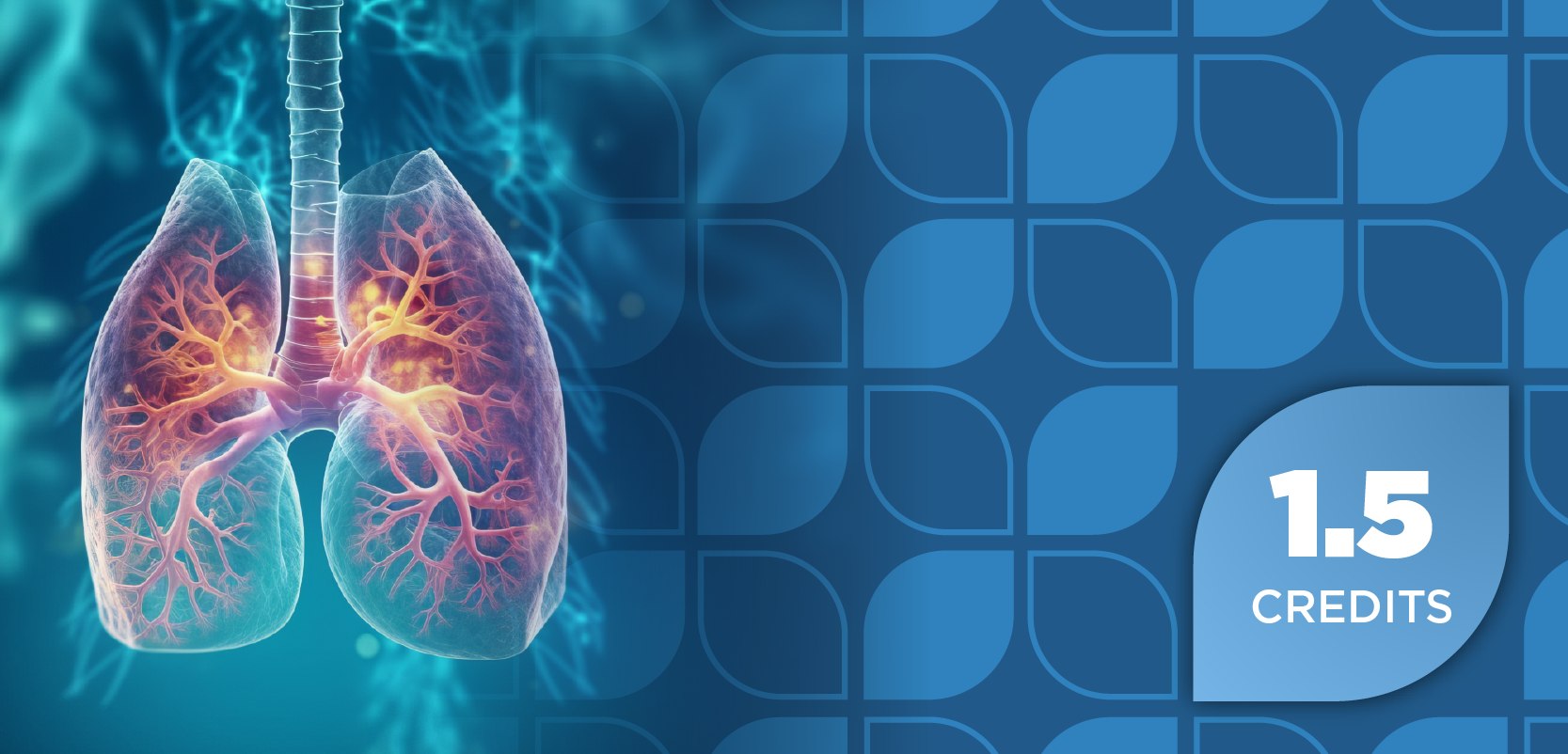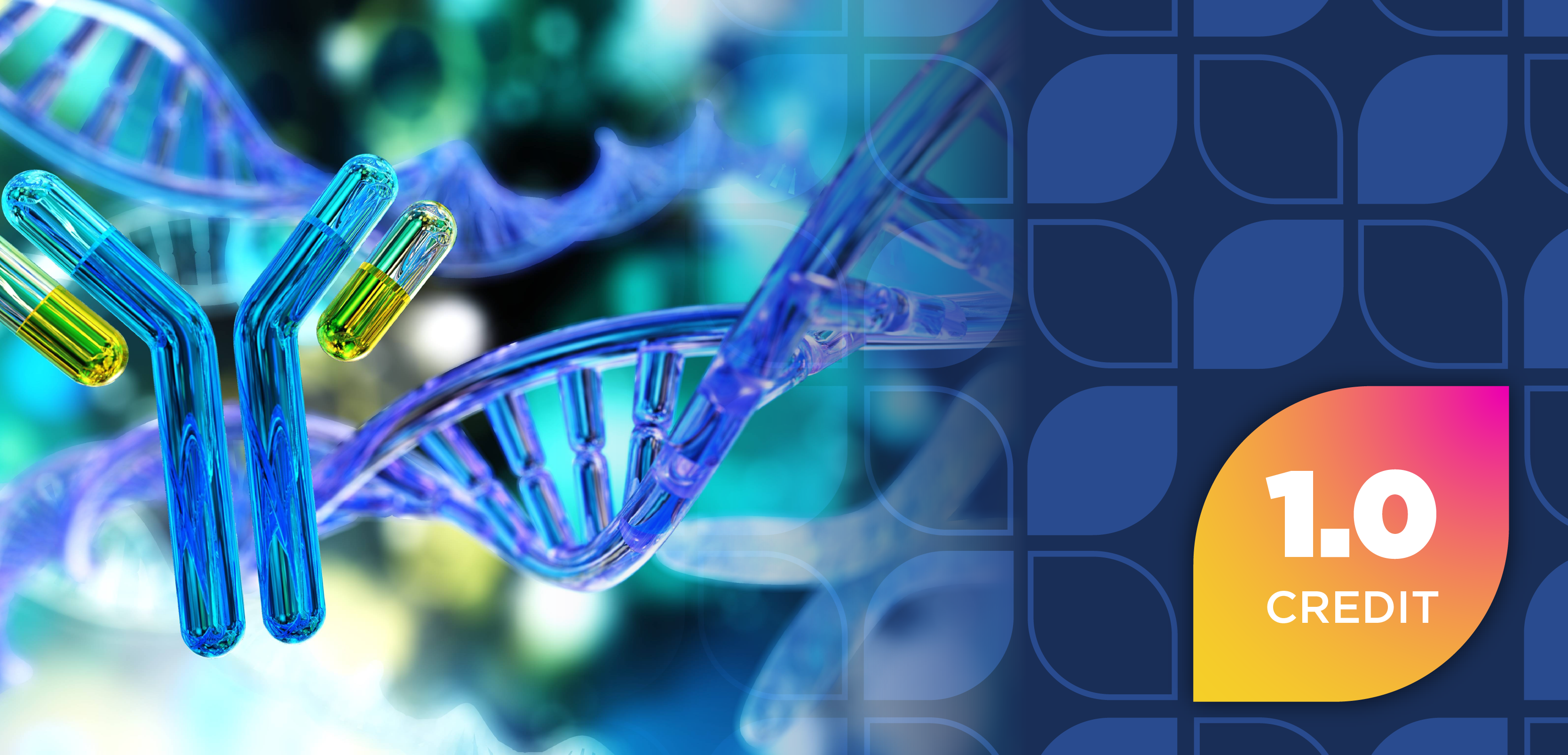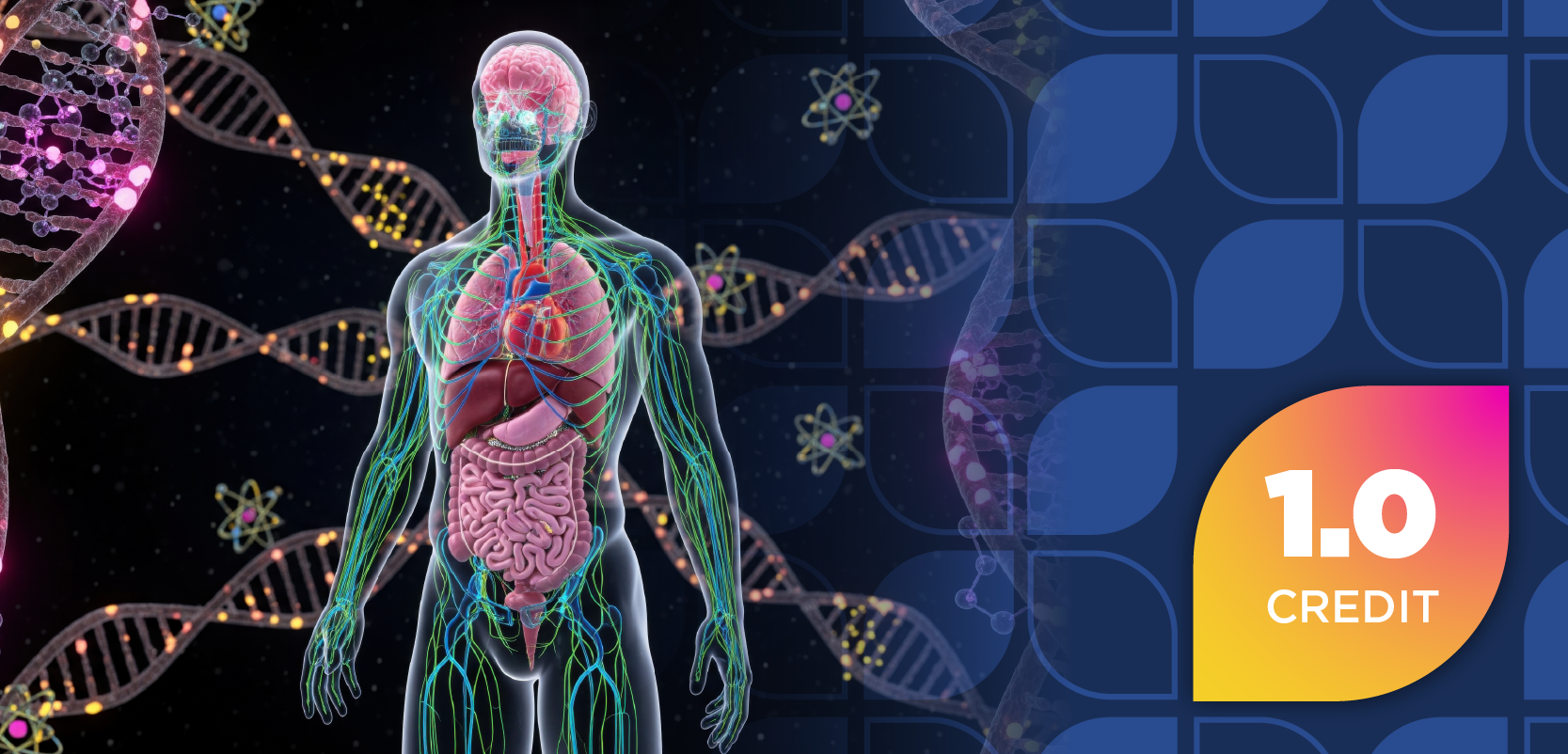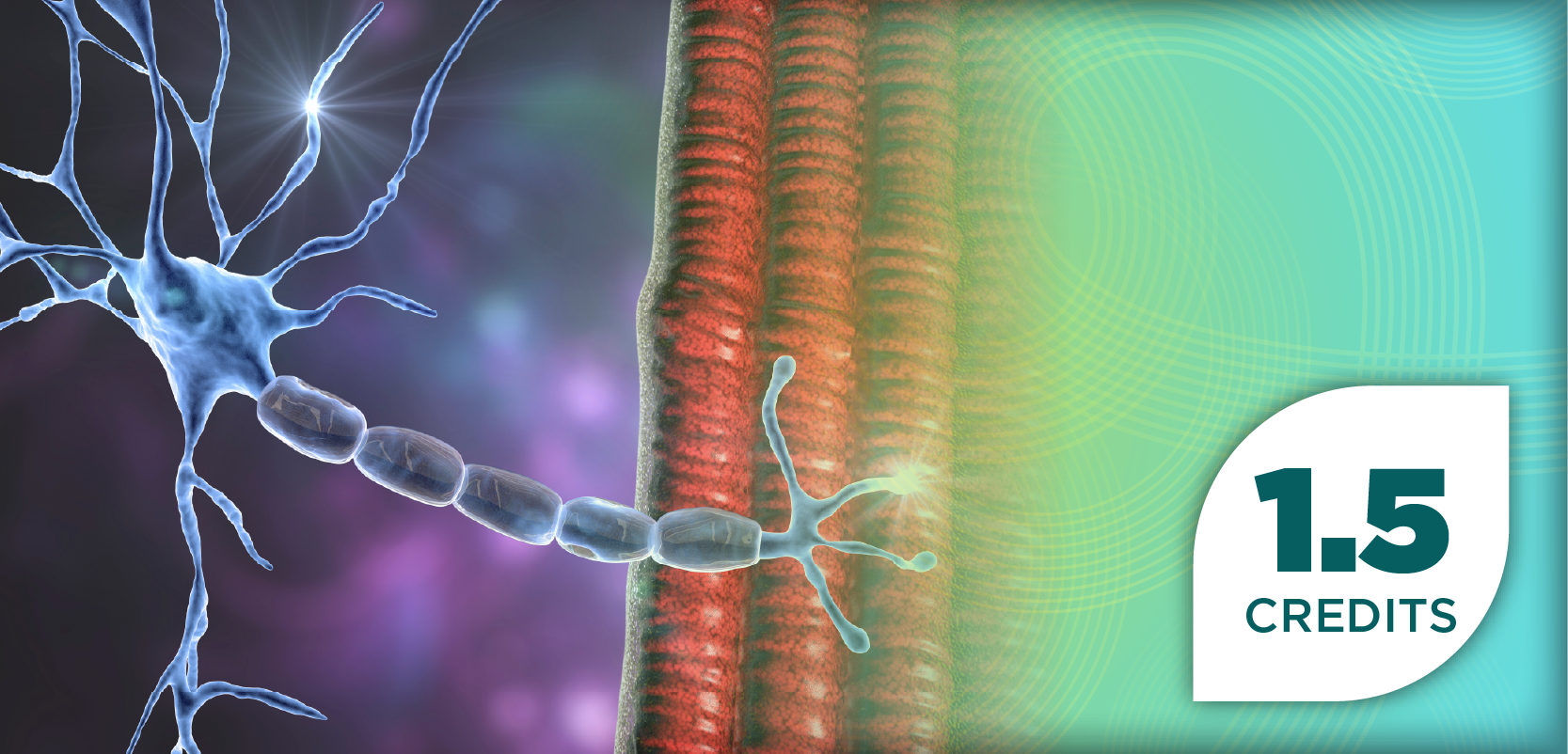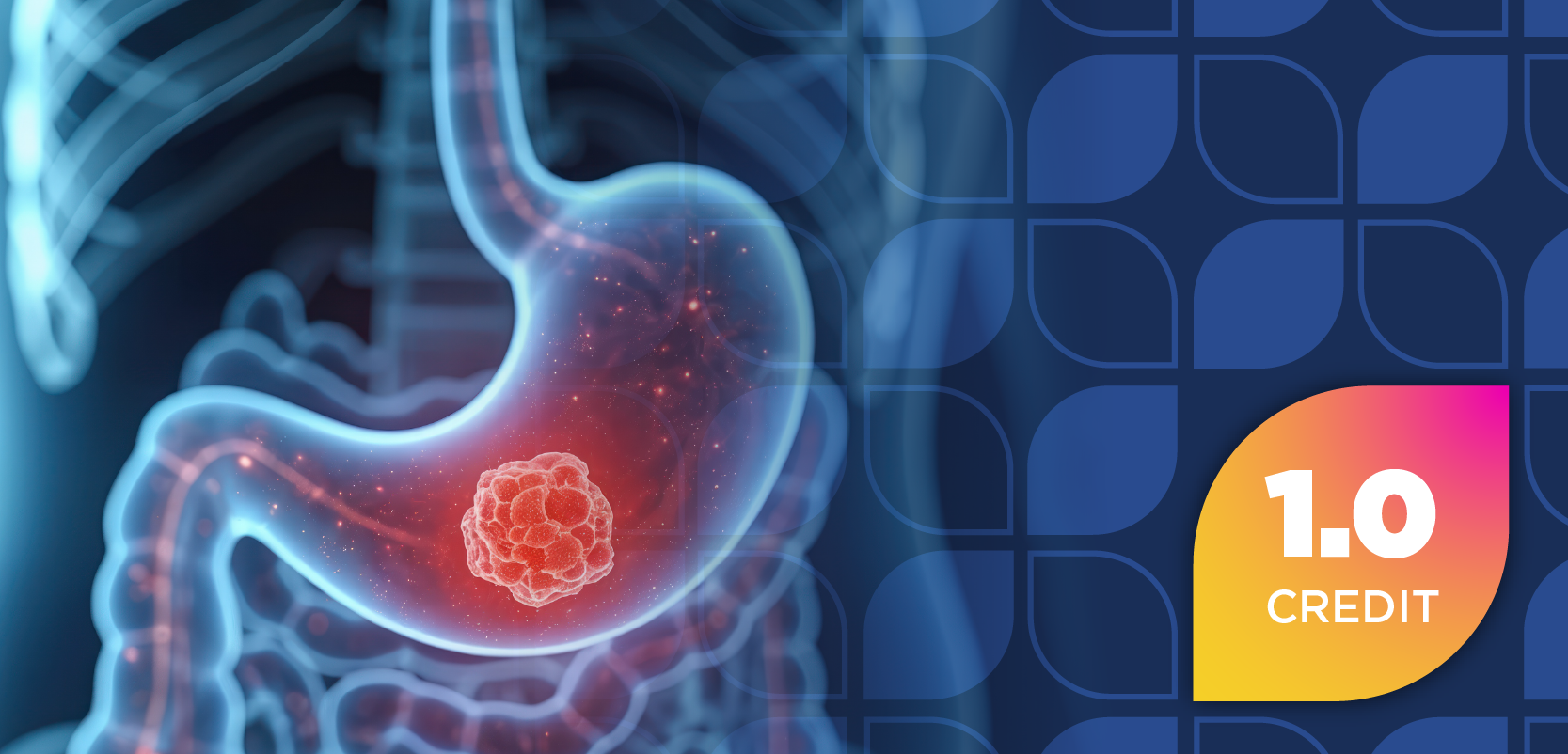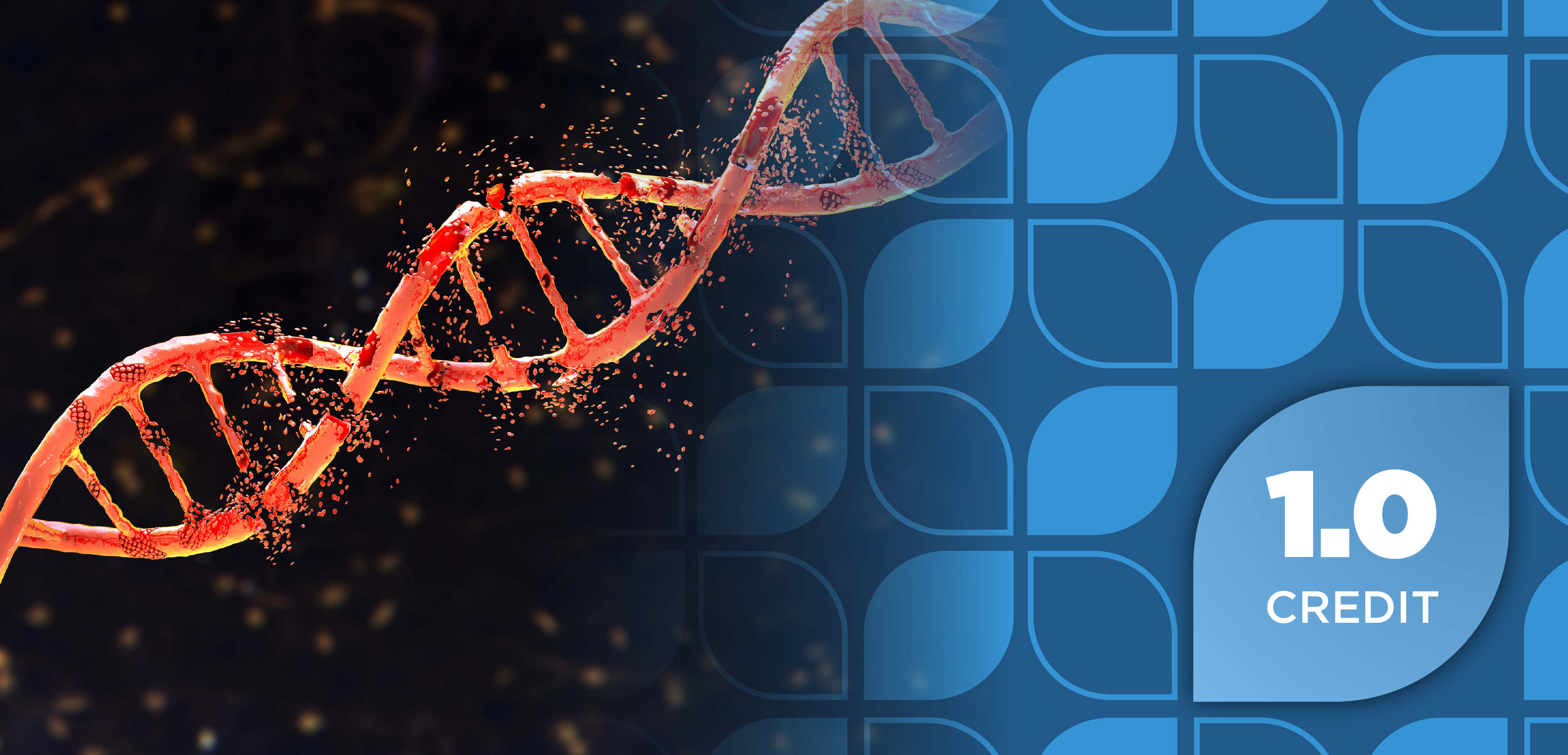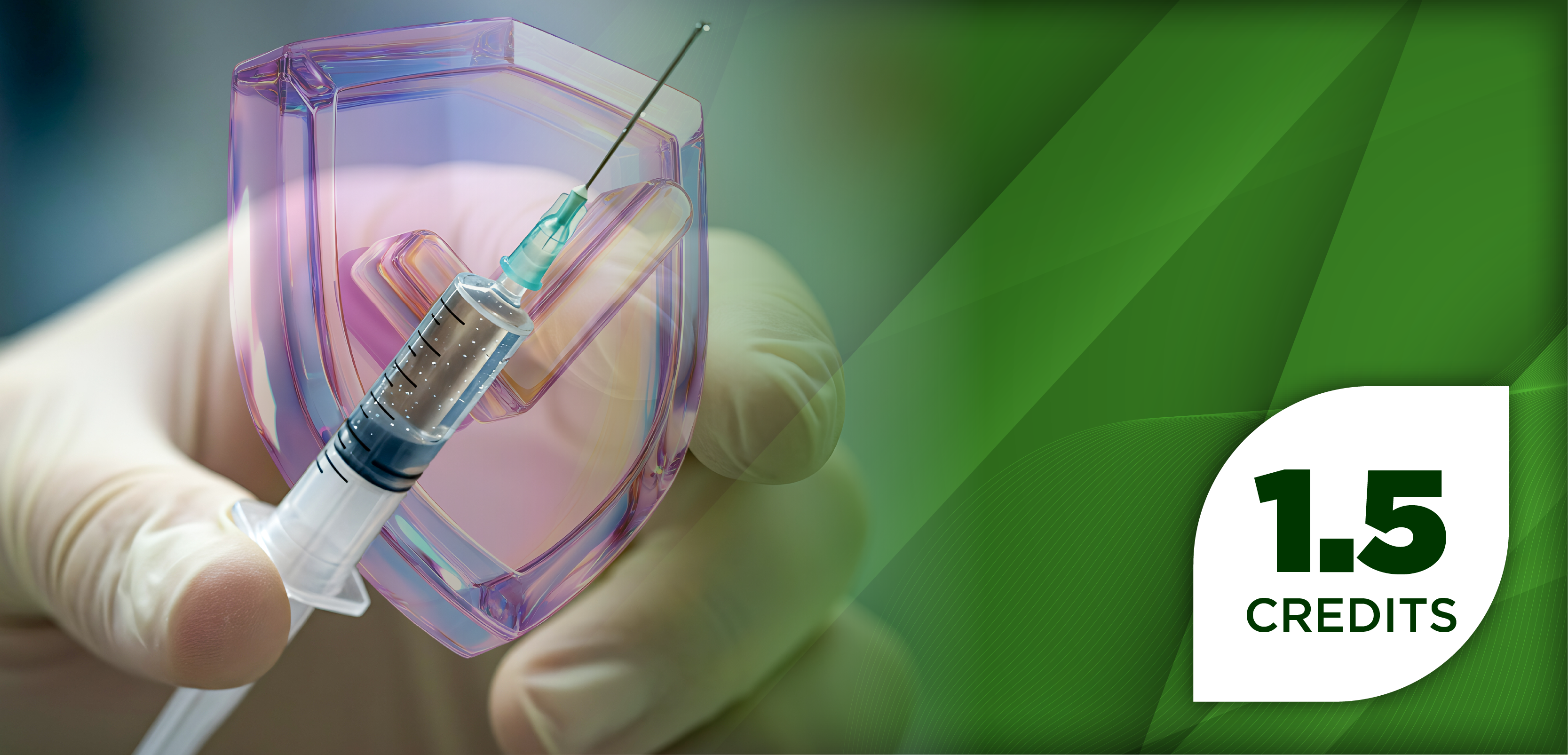
FDA Approves Lumateperone With Antidepressant Use for Major Depressive Disorder
Key Takeaways
- Lumateperone, an atypical antipsychotic, is now approved as adjunct therapy for MDD, enhancing antidepressant efficacy.
- Phase 3 trials showed significant improvements in depression symptoms with lumateperone, meeting primary and secondary endpoints.
As an adjunct to depression treatment, lumateperone reduced depressive symptoms and improved quality of life.
The FDA has approved lumateperone (Caplyta; Johnson & Johnson) as an adjunct therapy with antidepressants for the treatment of adults with major depressive disorder (MDD), according to a news release from Johnson & Johnson.1
Lumateperone is an oral, once-daily atypical antipsychotic drug that was previously approved as a monotherapy for adults with schizophrenia and depressive episodes associated with bipolar I or II disorder. The FDA is also considering a supplemental new drug application for lumateperone for the prevention of relapse in schizophrenia, with further research in other neuropsychiatric and neurological conditions ongoing.1
Results from 2 phase 3, global, double-blind, placebo-controlled trials highlighted lumateperone’s efficacy and safety for this indication. Each study met their key primary and secondary end points, demonstrating statistically significant and clinically meaningful improvements in depression symptoms compared with an oral antidepressant plus placebo.1
“Depression is a complex disorder that affects each person differently, underscoring the urgent need for a range of effective and well-tolerated treatment options,” Roger S. McIntyre, MD, FRCPC, professor of psychiatry and pharmacology at the University of Toronto, said in the news release. “For people who are still experiencing lingering depressive symptoms while on an antidepressant, adding [lumateperone] to a patient’s treatment regimen may offer early improvement, with the potential for remission—the ultimate goal of treatment.”1
Is Lumateperone Safe and Effective in MDD?
Investigators in study 501 (NCT04985942) aimed to investigate the efficacy and safety of adjunctive lumateperone 42 mg in patients with MDD reporting inadequate antidepressant therapy response. Patients were randomized to receive either a 6-week oral adjunctive placebo (n = 243) or adjunctive lumateperone 42 mg (n = 242), with investigators observing the change from baseline to day 43 in the Montgomery-Åsberg Depression Rating Scale (MADRS) total score.2,3
There was a significantly greater improvement at day 43 versus placebo in MADRS total score (least squares mean difference [LSMD] vs placebo = –4.9; effect size [ES] = –0.61; P < .0001). Lumateperone with adjunctive depression treatment also meaningfully improved patient-reported outcomes versus placebo at day 43.2
Regarding safety, treatment-emergent adverse events (TEAEs) included dry mouth, fatigue, and tremor. There was minimal risk of weight gain or cardiometabolic abnormalities, and there was a low emergence of suicidal ideation. The investigators determined that lumateperone 42 mg as an adjunct treatment significantly improved depression symptoms and disease severity while being well-tolerated in patients.2
A pooled analysis that included data from study 502 (NCT05061706) came to similar conclusions, deeming lumateperone safe and effective. After analyzing a modified intent-to-treat population of 950 patients, lumateperone and adjunct depression therapy significantly improved MADRS total score versus placebo (LSMD = –4.7; ES = –0.59; P < .0001). Investigators found that rates of MADRS total score response and remission were significantly greater for patients treated with lumateperone versus placebo.4,5
Long-term lumateperone safety data was gathered in study 503 (NCT05061719), a phase 3 open-label extension trial. Investigators enrolled patients who completed study 501 or 502 to receive 26 weeks of open-label, oral, once-daily lumateperone 42 mg adjunctive to continued depression therapy. A total of 684 patients completed the treatment period.6,7
TEAEs were reported in 67.7% of patients, with 36.1% experiencing a drug-related TEAE. Treatment discontinuation due to an adverse event occurred in 7.4% of patients. The most common TEAEs were headache, dizziness, dry mouth, nausea, and diarrhea, with most TEAEs being mild to moderate in severity. Researchers deemed the treatment safe and effective across the 26-week period.7
“Major depressive disorder affects millions of Americans, impacting how a person feels, thinks, and acts,” Michael Pollock, CEO of the Depression and Bipolar Support Alliance (DBSA), said in the news release. “The introduction of new treatment options and continued innovation in mental health has enabled us to reset expectations for living with depression and offers people hope that achieving lasting wellness and remission is possible.”1
REFERENCES
1. FDA approval of CAPLYTA® (lumateperone) has the potential to reset treatment expectations, offering hope for remission in adults with major depressive disorder. Johnson & Johnson. News release. Released November 6, 2025. Accessed November 6, 2025. https://www.jnj.com/media-center/press-releases/fda-approval-of-caplyta-lumateperone-has-the-potential-to-reset-treatment-expectations-offering-hope-for-remission-in-adults-with-major-depressive-disorder
2. Clinical trial of lumateperone as adjunctive therapy in the treatment of patients with major depressive disorder. ClinicalTrials.gov Identifier: NCT04985942. Last Updated May 2, 2025. Accessed November 6, 2025. https://clinicaltrials.gov/study/NCT04985942?tab=results
3. Durgam S, Earley WR, Kozauer SG, et al. Lumateperone as adjunctive therapy in patients with major depressive disorder: Results from a randomized, double-blind, phase 3 trial. J Clin Psychiatry. 2025;86(4):25m15848. doi:10.4088/JCP.25m15848
4. Multicenter study of lumateperone as adjunctive therapy in the treatment of patients with major depressive disorder. ClinicalTrials.gov Identifier: NCT05061706. Last Updated May 9, 2025. Accessed November 6, 2025.
5. Durgam S, Earley W, Kozauer S, et al. Efficacy of lumateperone 42 mg in the treatment of major depressive disorder: A pooled analysis of phase 3 randomized controlled trials. Int J Neuropsychopharmacol. 2025;28(Suppl 2):ii77-ii78. doi:10.1093/ijnp/pyaf052.153
6. An open-label study of lumateperone as adjunctive therapy in the treatment of patients with major depressive disorder. ClinicalTrials.gov Identifier: NCT05061719. Last Updated November 3, 2025. Accessed November 6, 2025. https://clinicaltrials.gov/study/NCT05061719
7. Durgam S, Early W, Kozauer S, et al. Long-term adjunctive lumateperone treatment in major depressive disorder: Results from a six-month open-label extension study. Int J Neuropsychopharmacol. 2025;28(Suppl 2):ii77. doi:10.1093/ijnp/pyaf052.152
Newsletter
Stay informed on drug updates, treatment guidelines, and pharmacy practice trends—subscribe to Pharmacy Times for weekly clinical insights.











































































































































